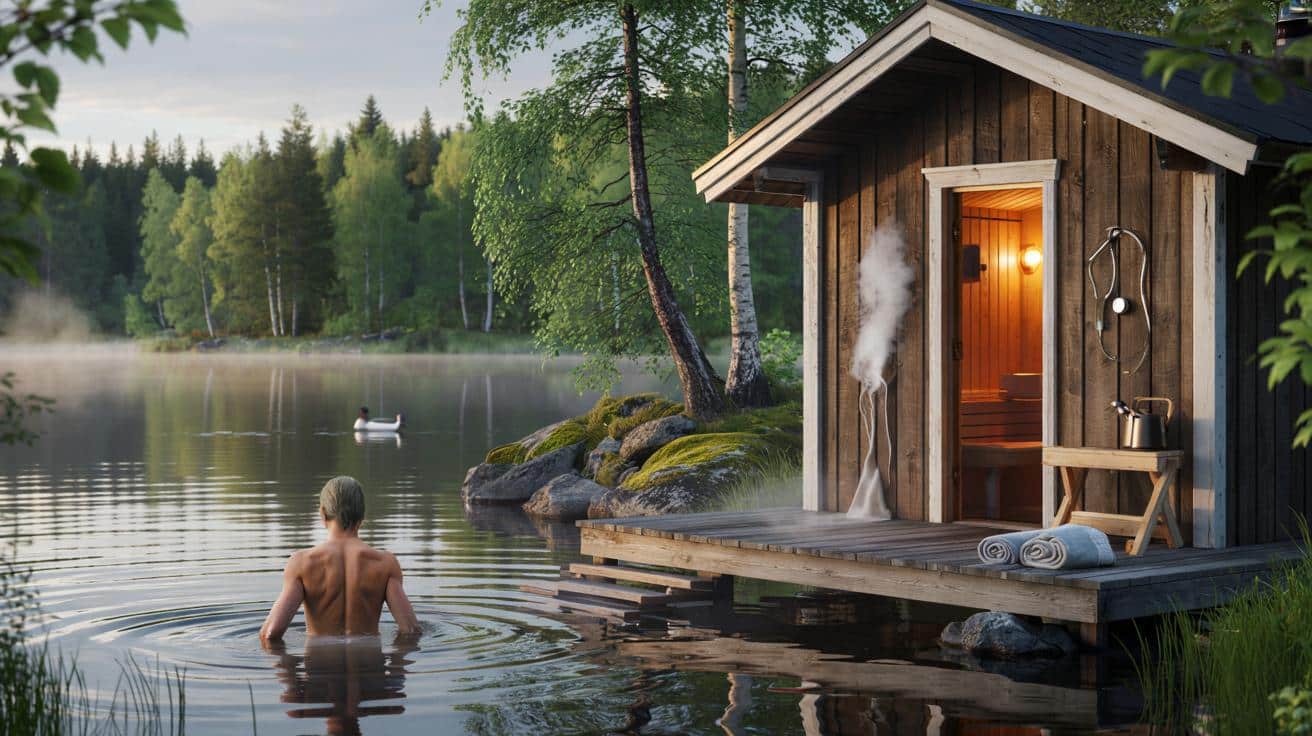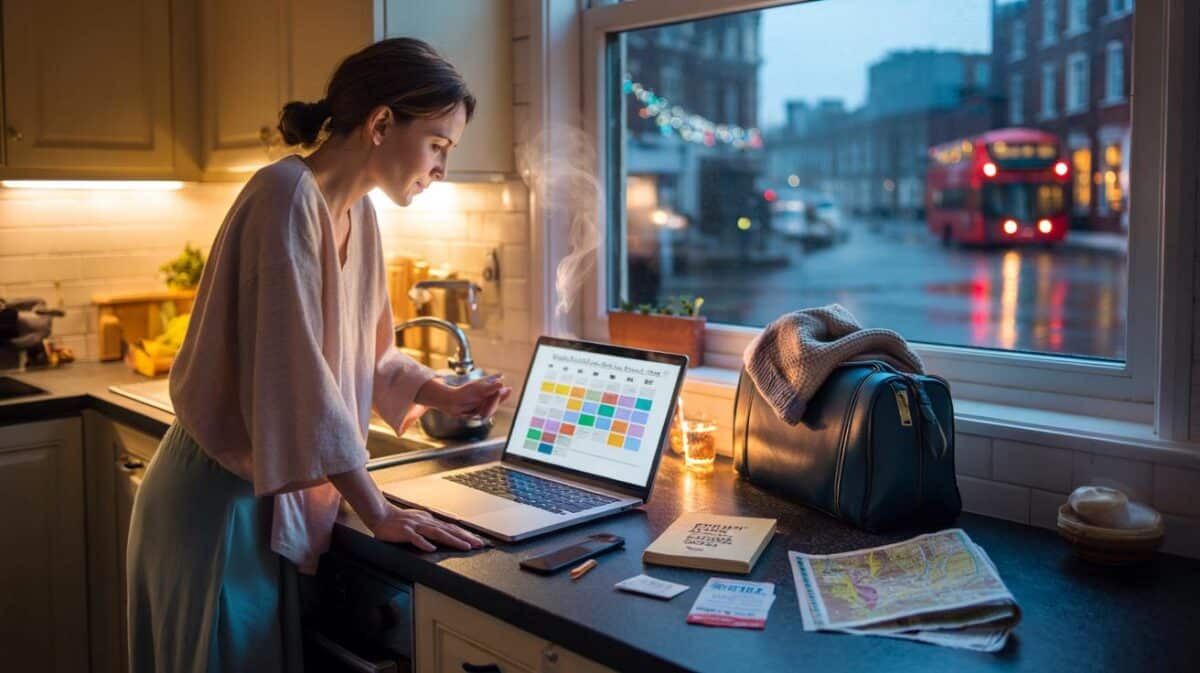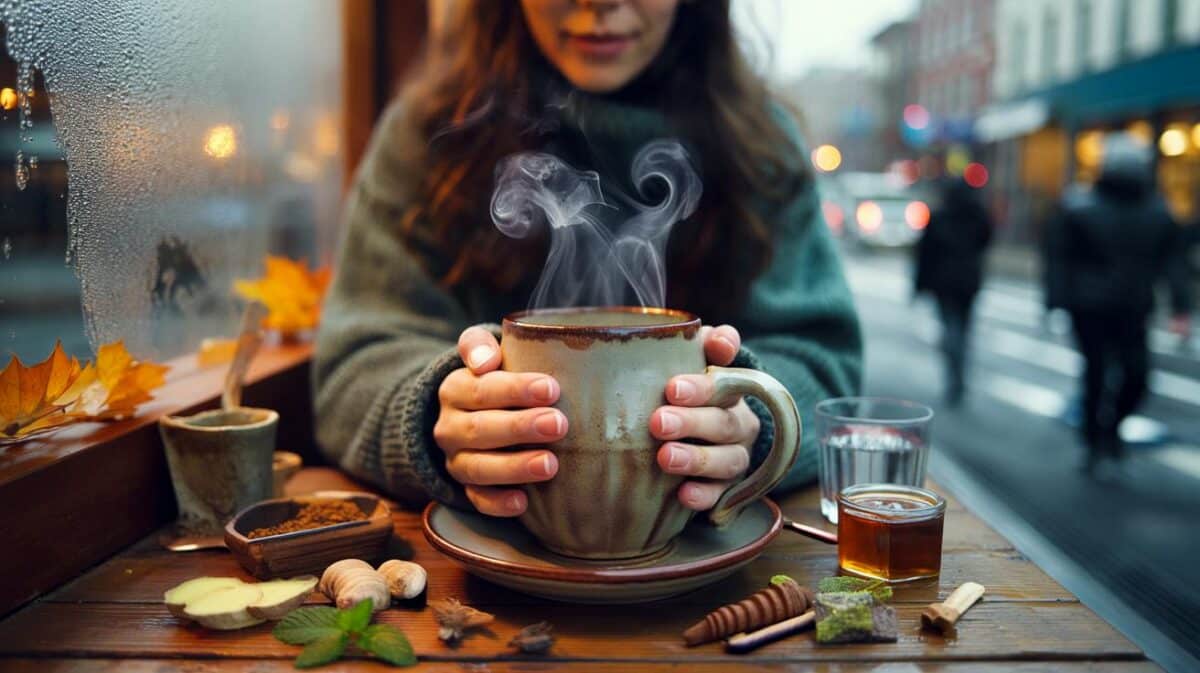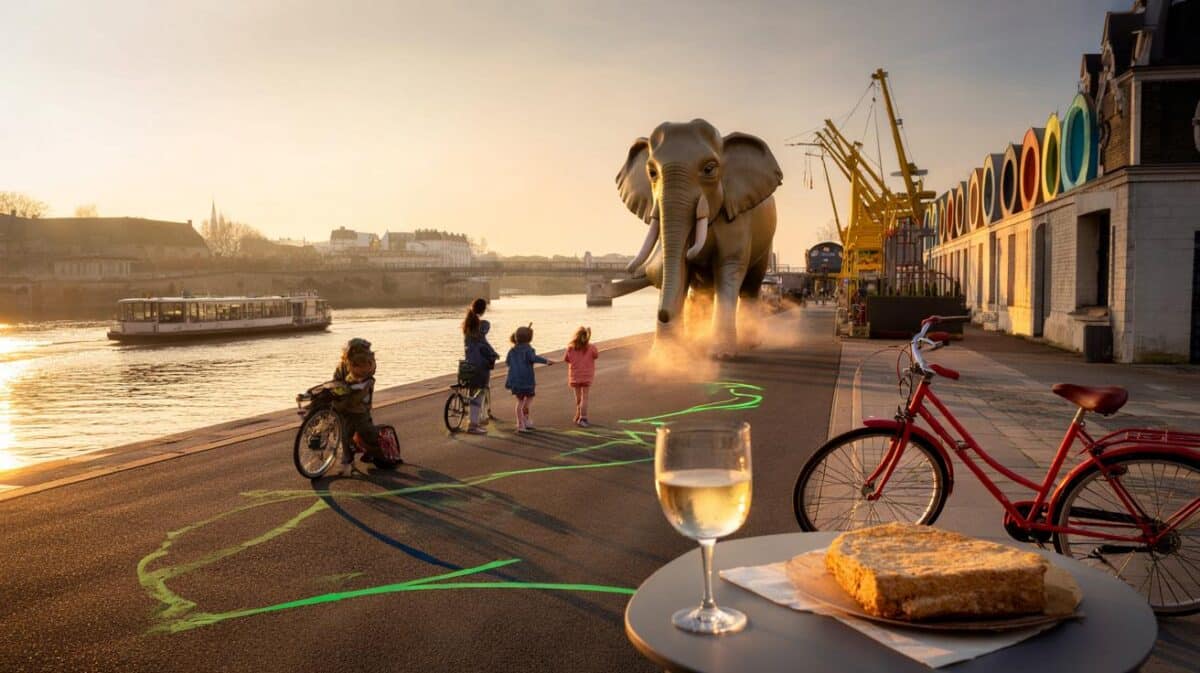It creeps, it blurs the edges, and it hums in the bones. In response, a small but growing number of clinicians are leaning on something deceptively simple: a prescription for place. Not pills. A destination. And the country they whisper most often is the same one that keeps topping the World Happiness Report: Finland.
The jetty is weathered, grey as driftwood. A kettle ticks in a lakeside kitchen. Somewhere across the water, a loon calls like a violin string. You step out of the sauna, steam clinging to your skin, and lower yourself into the ink-blue lake. Your phone is in a drawer, silenced. The only counter you notice is your breath. Later, wrapped in wool, you sit under a sky so clean it feels freshly laundered. A local says there’s a word for this ease — sisu — but it lands more like relief than grit. The strange part? Doctors are signing it off.
Why Finland keeps appearing on the prescription pad
Social prescribing — where GPs point patients toward non-medical supports like nature, movement, community — has edged into mainstream NHS practice. The travel twist is new, yet it slots neatly into the evidence: time in green and blue spaces helps reduce rumination and stress. Finland is like a greatest-hits album of that research. Forests cover around three quarters of the country. Lakes spill into the horizon. Cities are calm, small, bikeable. **Finland isn’t flashy; it’s soothing.** That counts when your nervous system is fried.
Meet Jess, 37, a secondary school teacher from Leeds who hadn’t slept properly in months. Her GP didn’t “order” Finland, but nudged her toward a restorative break that wasn’t another city sprint. She booked a cabin in Lakeland Finland and built a rhythm: morning plunge, afternoon forest loop, evening sauna. After five days, her sleep window lengthened by an hour. She didn’t track data, yet the proof was in the mornings. The science matches her hunch: studies show just 20 minutes seated in nature can measurably lower cortisol, and around 120 minutes a week outdoors correlates with better self-reported health.
There’s logic beneath the romance. Forests offer what psychologists call soft fascination — attention holds, but never clings — letting the prefrontal cortex recover. Sauna-cold cycles nudge your body into a parasympathetic groove, then reward it with endorphins. Light and dark are medicine here too: long summer days invite gentle activity; winter pushes you toward deep rest. Finland’s “Everyman’s Right” means you can roam almost anywhere respectfully, which reduces micro-stressors of access and planning. **Think lake, sauna, repeat.** The ritual does half the work.
How to turn a Finnish holiday into a gentle reset
Start with scale. You don’t need Lapland, dog sleds and a camera crew. Choose a lakeside cabin within a two-hour drift of Helsinki — Hämeenlinna or Lahti are easy jumps by train. Build a three-beat day: a short morning walk or dip, an afternoon forest hour, an evening sauna. Keep meals simple: rye bread, berries, salmon, potatoes. Leave two chunks of time empty. Set your phone to grayscale and put it in a drawer. Give yourself permission to be a slightly boring animal for a week.
The biggest mistake is cramming. You don’t need five cities in seven days. Move less; feel more. Book two bases at most and travel by rail or bus, which is smoother than you think. Summer can trick you with the midnight sun — an eye mask helps. Winter can spook you with dark — go for a late morning walk to catch the pale gold. Pack merino layers, not fashion armour. Let’s be honest: nobody really does that every day. If a day falls apart, that’s fine. Go to the public sauna and start again.
Cost is real, but you can keep it sane. Self-cater, use regional trains, and pick one paid “treat” like a smoke sauna. A GP I spoke with framed it neatly.
“I don’t ‘prescribe’ Finland as a cure,” she said. “I prescribe conditions that make recovery more likely. Finland just happens to deliver those conditions without fuss.”
- Pick one region (Lakeland, Archipelago, Helsinki + Nuuksio) and stay put.
- Anchor days on rituals: 20-minute walk, sauna, a simple meal you cook.
- Guard two phone-free windows (morning, post-sunset).
- Swap step goals for time goals: 60–90 minutes outdoors, any pace.
- One small joy each day: a bakery stop, a cold plunge, a new trail.
The bigger shift: what a ‘prescribed’ country says about care
One country can’t fix a life, and Finland doesn’t try. What it offers is a backdrop where doing less makes sense. Streets don’t shout. Timetables run. People take their lunch outside in fleece and optimism. We’ve all had that moment when the world feels like a browser with 42 tabs open. Finland closes 38 of them by default. **This isn’t a checklist; it’s a permission slip.** To eat when you’re hungry. To sleep when you’re tired. To watch a crow hop along a jetty and feel, irrationally, like you’ve joined a club that still remembers how to be human.
There’s a cultural lesson tucked into the travel. Health isn’t only clinical. It’s place, pace, and what you notice when noise drops. A “prescription” for Finland is really a proxy: access to blue-green space, heat-and-cold rituals, digital quiet, social ease. You can import slices at home — a weekly cold-water swim, park lunches, phone-in-a-drawer evenings — but place has a multiplier effect. The hope is not that everyone books Helsinki tomorrow. It’s that more of us find a way, somewhere, to be unhurried on purpose.
| Point clé | Détail | Intérêt pour le lecteur |
|---|---|---|
| Finland’s happiness edge | Consistently top of the World Happiness Report; calm cities, strong social trust | Reassurance that the destination aligns with wellbeing goals |
| Nature-made routine | Forests, lakes, and saunas create simple daily rhythms | Easy structure to reduce decision fatigue and stress |
| Practical reset tools | Phone-free windows, rail travel, self-catered cabins | Actionable ways to keep costs and cortisol low |
FAQ :
- Is a “prescription” to Finland an NHS thing?Not formally. GPs use social prescribing and may suggest nature-based breaks; Finland fits that brief as a practical example rather than an official script.
- When should I go for a restorative trip?Late spring to early autumn for gentle light and lake time; December to February for deep rest, saunas, and snow-muted quiet.
- I don’t like the cold. Is this still for me?Yes — skip the ice dips, enjoy warm saunas, forest walks, and cafés. Summer can be 18–24°C with swims that feel like silk.
- How long until I feel a difference?Many people report better sleep and calmer mood within 3–4 days. A week allows the routine to bed in.
- Can I get the benefits without flying?You can mimic the core elements at home: green-blue time, heat-and-cold rituals, slower days. The Finland trip is a catalyst, not the only path.








